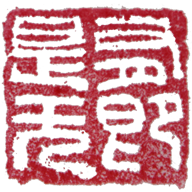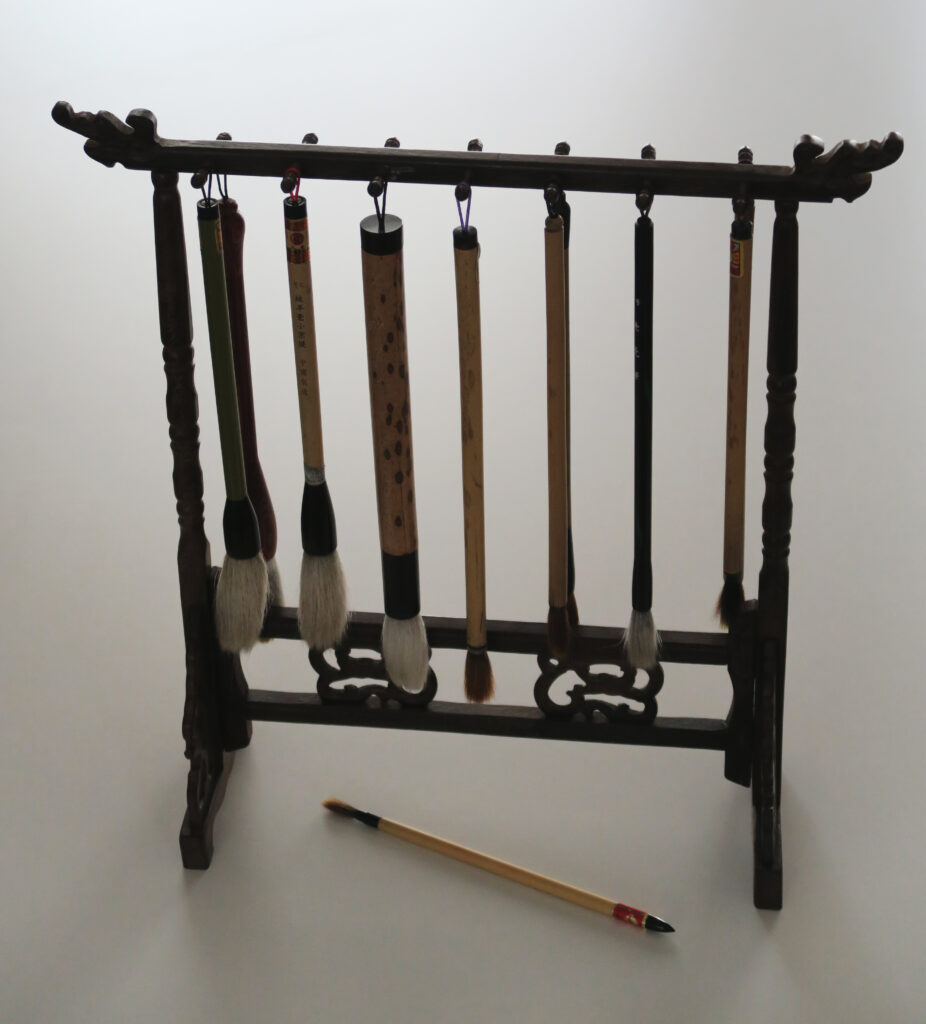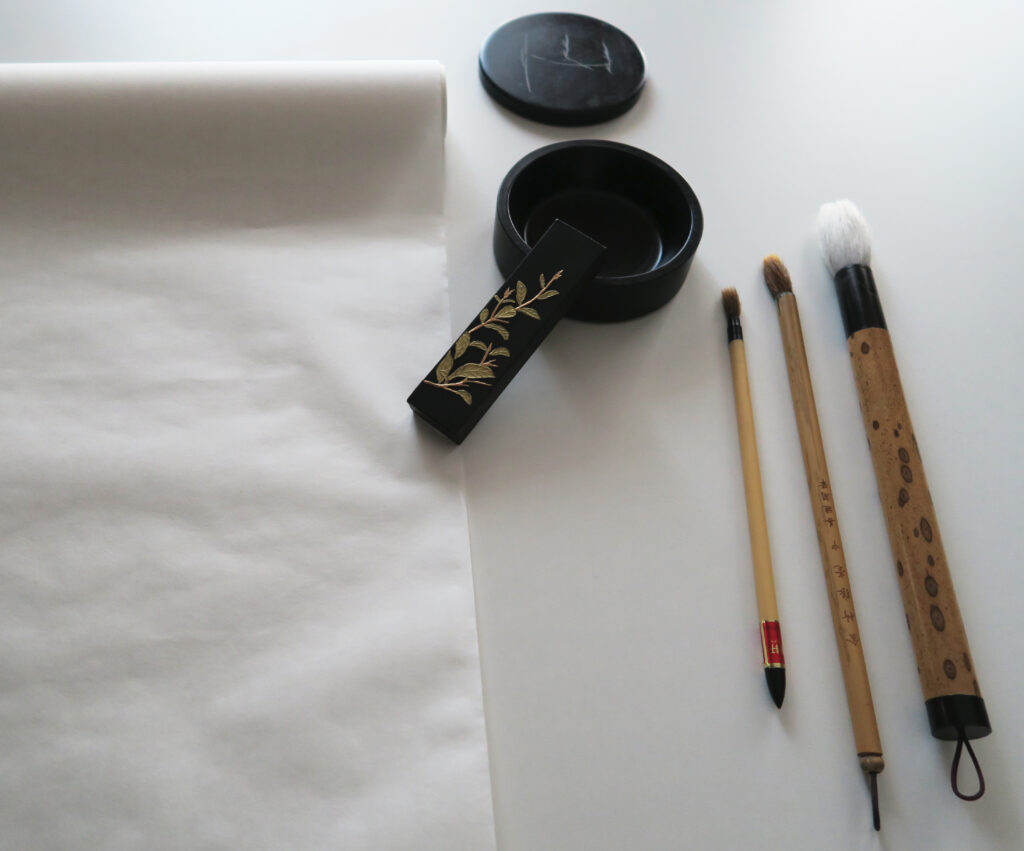This post is also available in:
Français
Italiano
Deutsch
Nederlands
Painting sumi-e

Capturing the essence of life
What is sumi-e?
Authentic sumi-e
The Japanese term “sumi” means black ink, “e” means paint. The subjects are painted in black ink, in gradations ranging from pure black to all the shades that can be obtained by diluting it with water. This is not to say that everything painted in this way deserves the name “sumi-e”.
A true sumi-e must have certain typical characteristics, such as sobriety and spontaneity, which appeal directly to the viewer’s sensibility. For a painting to be alive, all its components must be alive. This type of painting actually already includes the drawing; no preparatory strokes are necessary, so every superfluous form or detail is neglected.
Sumi-e was introduced to Japan by Zen monks and quickly became popular, because in this pictorial technique, as in Zen practice, the expression of reality is reduced to its pure, essential form. In reality, retouching, additions and decorations do not embellish a work, but only veil its natural truth, its true nature. It’s a bit like cooking: if you add too many condiments and too many spices, you won’t really taste what you’re cooking.
And just as in Zen, where few words are enough to express the meaning of so many hours of meditation, in sumi-e few strokes of ink, drawn with a brush on a single sheet of white paper, can represent the most complex model. You have to learn to pick the essence, the truth as it is.
The Way of the Brush
Let’s take a look, for example, at what happens when you want to paint a bamboo tree using the sumi-e technique: you sit (but you can also stand) with your back straight. Place a sheet of paper in front of you and concentrate, breathing calmly and naturally. Let all other thoughts dissipate. At the end, you’re left with a blank sheet of paper in your head. Then we let the image to be painted present itself to our mind. To paint a bamboo tree, we need to feel its consistency: we “see” the trunk, the branches, we “hear” the rustle of light leaves moved by air or wind, or wet, weighed down by rain.
Our whole spirit becomes impregnated with it and, in a way, we become the bamboo – it’s indescribable. You pick up the brush and let your hand go, naturally and effortlessly. There’s no thought of technique or result, no conscious effort to make a good painting. Our complete bamboo will gradually take shape, and we’ll have a painting that’s undeniably alive. This is when bamboo is created “from scratch”, not purely copied.
What’s more, on rice paper, only a single brushstroke is allowed for each stroke, so every touch-up is immediately perceptible. Any mental path that complicates the drawing (and life) is abandoned. In this way, we understand that thoughts about life are not really life itself. Thoughts about Zen are not Zen, they’re just thoughts…
Learning
This way of painting is complete, involving the whole body. It is by no means easy, and a master is indispensable, as well as getting used to repeating subjects or their details over and over again. The mind becomes ever more refined and sensitive through constant repetition. It’s inevitable, of course, that at first our paintings will be cold and lack spontaneity. We must then want more beauty in our own work, but this must not become an obsession with being a perfect sumi-e practitioner, because then we won’t make any progress. Indeed, if we continue to think in terms of good or bad, we are still distant from the true spirit of sumi-e.
As in Zen, the mind must be free of any voluntary desire for success or ambition. So, probably before you know it, you’ll feel able to paint anything you like, because every element of a landscape will appear to be the very reflection of original life and nature. What’s more, you’ll notice that you breathe better, that your gait is straighter and nobler, and that even your general state of health, including psychic balance, has improved. Like Zen, Zazen is not about learning a meditation technique, but about direct contact with the origin of everything (“Buddha nature”). So sumi-e goes far beyond a simple painting technique.
An overview of practice
Brush hold

The brush always remains vertical in most strokes, held pinched between the thumb and middle finger, with the index finger keeping the brush vertical.
Posture

For people without leg disabilities, the posture is standing in front of the high table, where the paper lies horizontally.
For people who can’t stand up, or who need to rest regularly, it’s possible to sit at a table at normal height, with the paper laid horizontally.
The pelvis is tilted forward, the torso is tilted forward while keeping the back straight, the chin is tucked in to help keep the back straight without muscular fatigue. The hand not holding the brush is placed lightly on the paper to hold it. The joints of the arm holding the brush are as free as possible, and the shoulder does not move during the stroke.
The layout
The line is drawn on the exhale.
There are many different types of line. Several brushes can be used, depending on the type of stroke.

A bamboo cane with a wide goat’s hair brush. Careful inking of the brush creates a gradation in the value of the black, and here an impression of light on the bamboo cane.

Highlighting the knots on the bamboo cane and the first branches and twigs that emerge from the knot, with the small brush. The stroke is quick and nervous.

Tracing the leaves with the medium brush, in a sweeping gesture that extends beyond the sheet of paper.
The Chinese brush, thanks to its extreme sensitivity to pressure on the paper, enables rapid variations in line thickness. A sheet of paper can be created in a single gesture.
"Only the present moment remains"
The equipment
Rice paper
There are many varieties, differing in thickness, consistency, absorbency, weft, etc. To start with, it’s best to use the rice paper variety that absorbs the least and is of standard size (24.5 x 33 cm).
Brushes

They’re all made from natural horsehair (horse, badger, goat, ox, weasel, etc.). They vary in shape, size, length and the type of horsehair used, but we can roughly classify them into the following categories: large, medium or small brushes, according to their size, and within each category long, medium and short brushes, according to the length of the horsehair used.
For beginners, we recommend the use of mixed brushes, made of stiff and supple horsehair. They are easier to use and retain the ink well (the average length of horsehair is 4.5 to 5.5 cm). Once you’ve finished sumi-e, wash the brush in cold water, dry it and hang it in a dry place.
Indian ink
The ink comes in the form of solid bars. They are made from resin soot, pine or rapeseed oil, mixed with glue from animal hides. These Indian ink bars are dissolved with water, while rubbing on the stone used for this purpose (Suzuri).
Stone used for ink (suzuri)

The Suzuri stone is shaped like a container, usually rectangular. It consists of a flat surface on which the sumi is rubbed and a hollow surface used as a water reservoir. To prepare the ink, the water reservoir is filled to about two-thirds full. The bar is dipped into it, and then, removing it, a little water is brought to the flat surface of the stone. You then begin to rub the stone with a circular, determined, constant and vigorous movement, without exerting excessive force.
